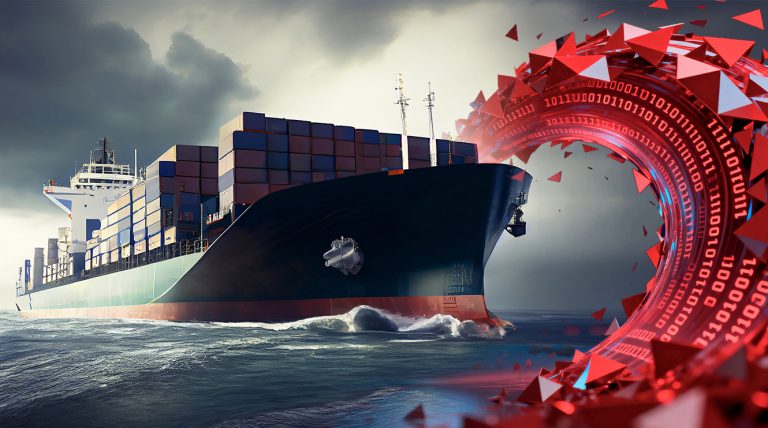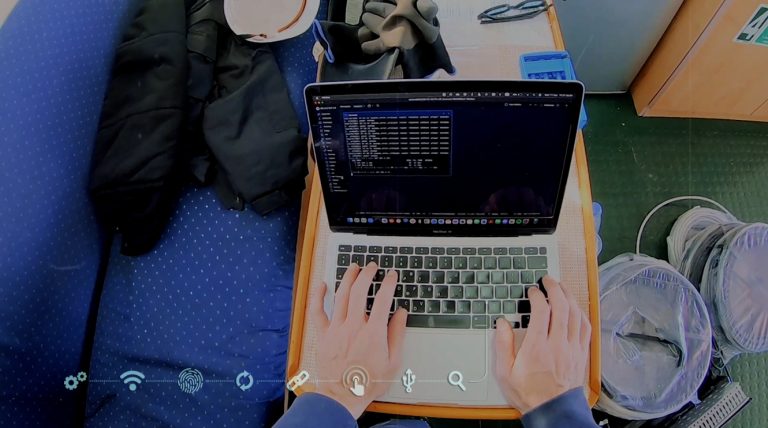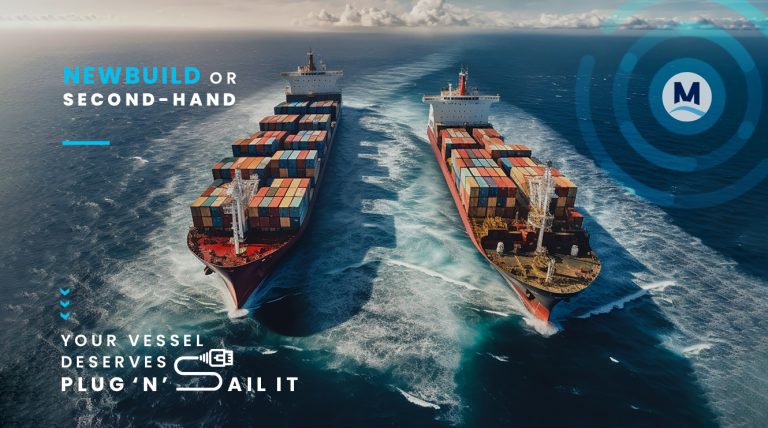In today’s maritime industry, technology, particularly advanced connectivity solutions like Starlink, is rapidly bridging the generation gap between seasoned seafarers and younger, digitally native crew members. While solving traditional issues such as isolation and operational inefficiencies, this technological shift also brings fresh challenges around excessive internet usage, onboard isolation, and cybersecurity threats.
Better Connectivity, Happier Crews
Starlink has transformed maritime communication, providing dependable internet access that allows crew members to consistently stay connected with their families. Reliable connectivity significantly improves mental well-being onboard, offering entertainment options such as streaming services, online gaming, and digital media, thus greatly reducing stress and isolation.
Operational Efficiency Boosted by Technology
Robust internet connectivity streamlines vessel operations, enabling masters and engineers to quickly resolve issues through immediate troubleshooting and direct communication. Apps like WhatsApp and real-time data exchanges drastically reduce previous frustrations caused by slow or unreliable internet, significantly boosting operational efficiency.
Generational Differences and Expectations
Advanced connectivity represents a groundbreaking development for maritime veterans. Meanwhile, younger seafarers, who have grown up in the era of 4G and fiber-optic technology, view reliable internet access as a basic requirement. Maritime companies must understand and respond to these different expectations to effectively recruit and retain skilled personnel.
New Challenges and Concerns
Despite these benefits, the widespread availability of internet access has created new issues, such as excessive personal device use, decreased face-to-face interaction, and greater isolation among crew members. Additionally, unrestricted internet usage can negatively impact rest periods and onboard teamwork.
Cybersecurity - A Growing Priority
Increased onboard internet use has heightened cybersecurity risks, especially from crew members unfamiliar with cyber safety protocols, potentially exposing vessels to cyber threats. Maritime companies must actively train seafarers and their families on cybersecurity awareness, strategically manage onboard Wi-Fi access, and enforce strict social media guidelines to protect crew members and vessel operations.
Ongoing Education and Training
Continuous training on responsible internet use and cybersecurity is crucial not only for crew members but also their families and all maritime organization staff. Comprehensive educational programs can foster greater awareness of potential cyber threats and promote safer online behavior. Involving family members ensures support from home, highlighting how their online habits can directly affect onboard security.
Balanced Internet Policies and Best Practices
To address the challenges, shipping companies should establish balanced internet policies that include structured social activities, clearly defined usage guidelines, data usage limits, and additional charges for excess internet consumption. Monitoring systems like onboard cameras and alerts for unusual activities, such as prolonged device usage during critical tasks, can further enhance safety and productivity.
Final Thoughts:
Technological advancements have effectively bridged generational divides and substantially improved life at sea. However, maritime organizations must actively manage the new challenges posed by enhanced connectivity, emphasizing balanced internet usage, crew welfare, and robust cybersecurity measures. By implementing thoughtful policies and continuous training, the maritime industry can fully harness the benefits of technology for everyone involved.
This article is based on insights from the webinar “Maritime Operations & Crew Welfare in the LEO Age: Real Stories and a Look Ahead Beyond VSAT,” organized by MarPoint’s Learning Hub under the auspices of AMMITEC. Explore key insights from the webinar.





